There is a common question that keeps coming up when we talk or teach about pickling, “What the heck is Pickling Salt? Why can’t I use the salt in my shaker from the kitchen table?”
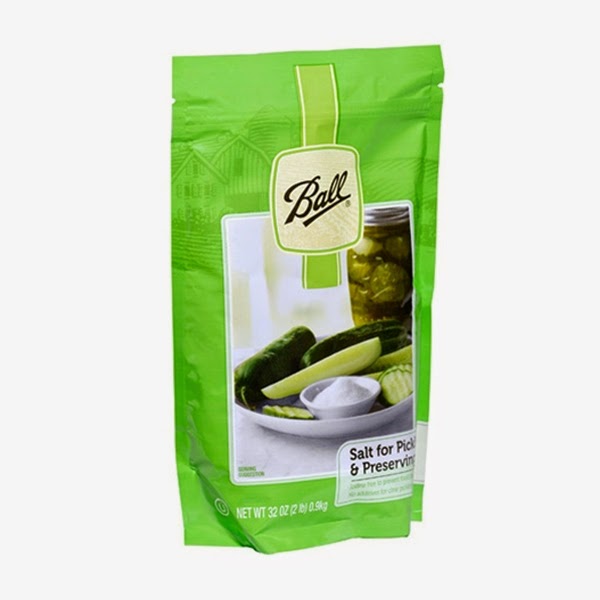
Pickling or Canning salt is a particular variety of salt that is used in canning. Canning salt is a fine-grained salt and is iodine-free. It also does not have the anti-caking ingredients used in regular table salt. They add this agent to regular table salt so it will pour freely through a salt shaker. For those of you that don’t know what “anti-caking” means the best explanation is if you let pickling/canning salt sit in humid or wet place it will bind together like a rock. Many people use this salt as “all purpose” in the kitchen and in humid areas they add grains of rice to the salt shakers to keep it from clumping together. The rice absorbs any moisture.
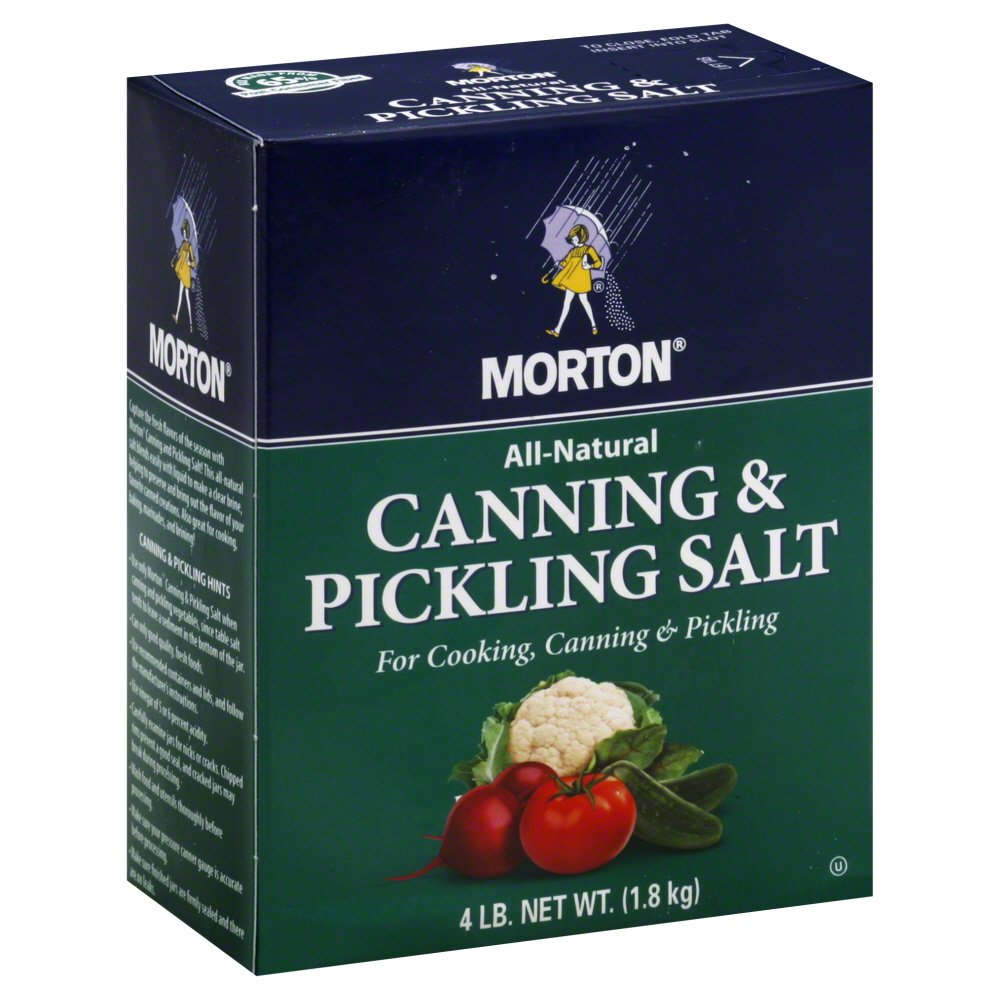
The important reason to use a Canning/Pickling salt is the lack of additives. If you look at the ingredients it will only say, “SALT”. Canning/Pickling salt will not turn vegetables, especially pickles a dark color. This type of salt will also keep pickling liquids or brines from getting cloudy. One of the ways that you can tell that a pickled vegetable jar has gone bad is a cloudy liquid that is created when bacteria is present. Canning/Pickling salt will create clear brine that is perfect for pickling. One of the other main uses for canning salt is in preserving meats like salt-cured ham or sausage.
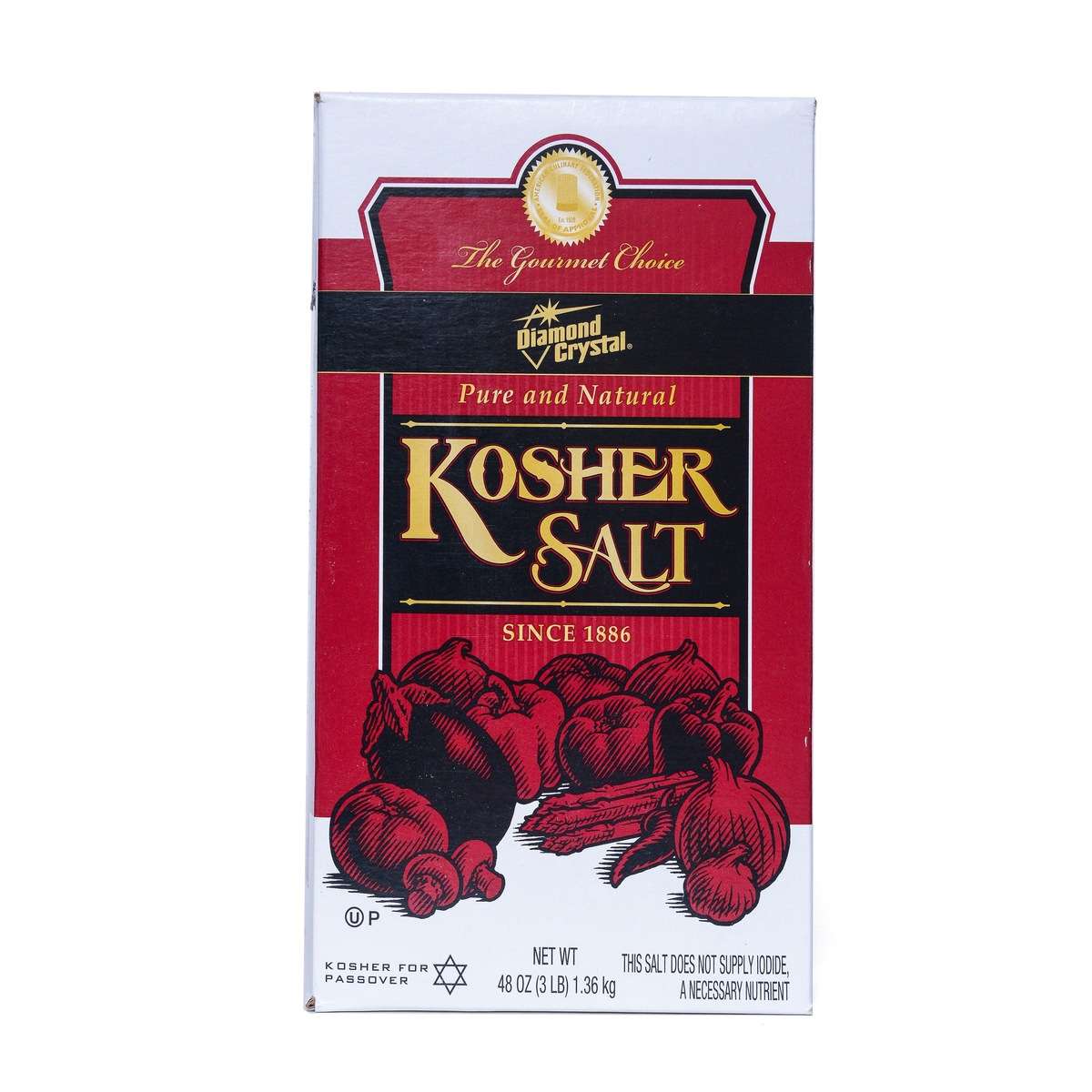
Like pickling salt, kosher salt is also free of iodine and also does not have the anti-caking ingredients. It can be substituted but because of the larger grain size there is an adjustment to the quantity. Most recipes if they call for kosher salt will have already been adjusted.
Other Salts:
Sea salt is evaporated sea water and contains various minerals. It is safe to eat but minerals in the salt may cause canned foods to discolor.
Rock salt, ice cream salt, and solar salt are used to melt ice, freeze homemade ice cream, and to soften water. Since they are not considered suitable for human consumption, do not use them for home food preservation.
It is vital the cook use the specified amount of salt called for in the recipe so the pickles or meat will be safely preserved.
Things to remember about Canning/Pickling salt when canning:
Canning/Pickling Salt has no effect on the natural color and texture of canned foods, perfect for pickles and cured or smoked foods.
The main reason for using table salt in canning is to enhance flavor. For recipes that are not pickled or cured the salt can be omitted for people on a low-salt diet.
Do not use salt substitutes in canning. They may cause the color or the flavor of the food to change. Also, they may give jar liquids/foods a cloudy appearance.
Here are some other ways to enhance flavor without salt:
Try adding one tablespoon of lemon or orange juice to each pint of carrots, beets, or asparagus. For green beans and peas, add one-half teaspoon of mace, nutmeg, or curry powder per pint.
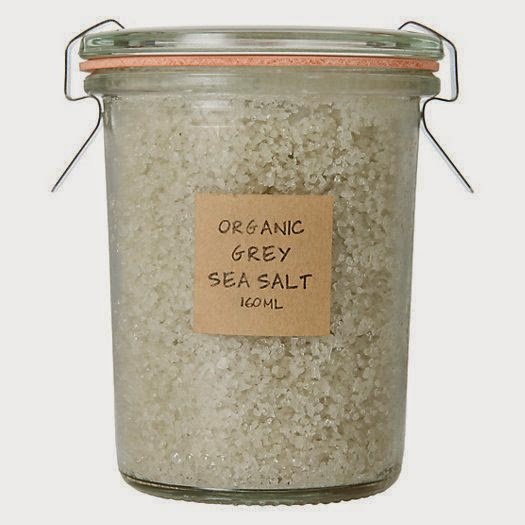




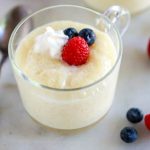

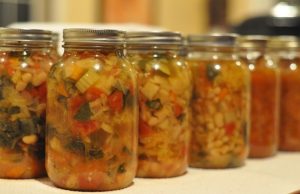
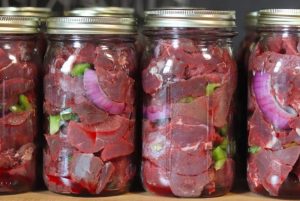
One Comment
Theresa
Posted on: October 14, 2019Does people still just use salt to can tomatoes ?? That is all my aunt used for over 40 yrs….